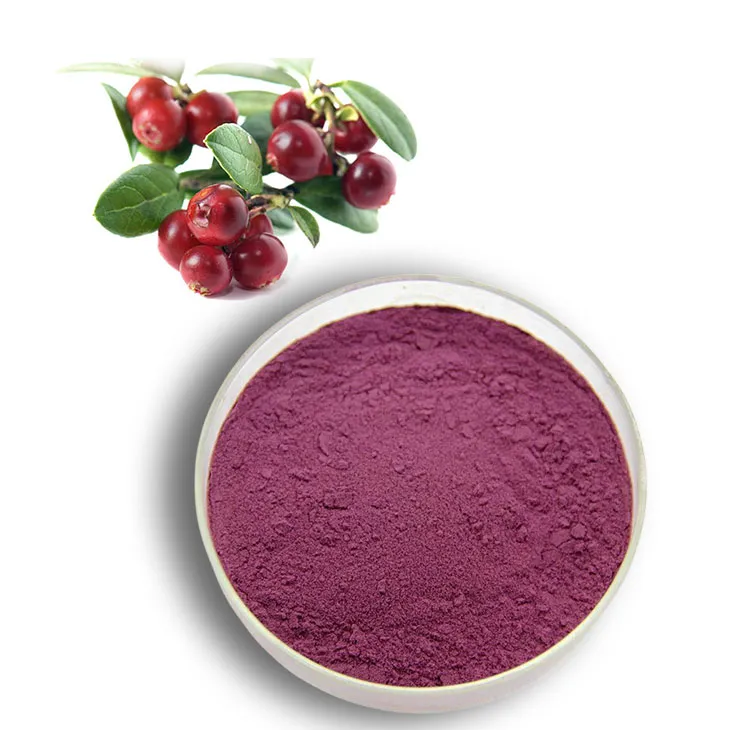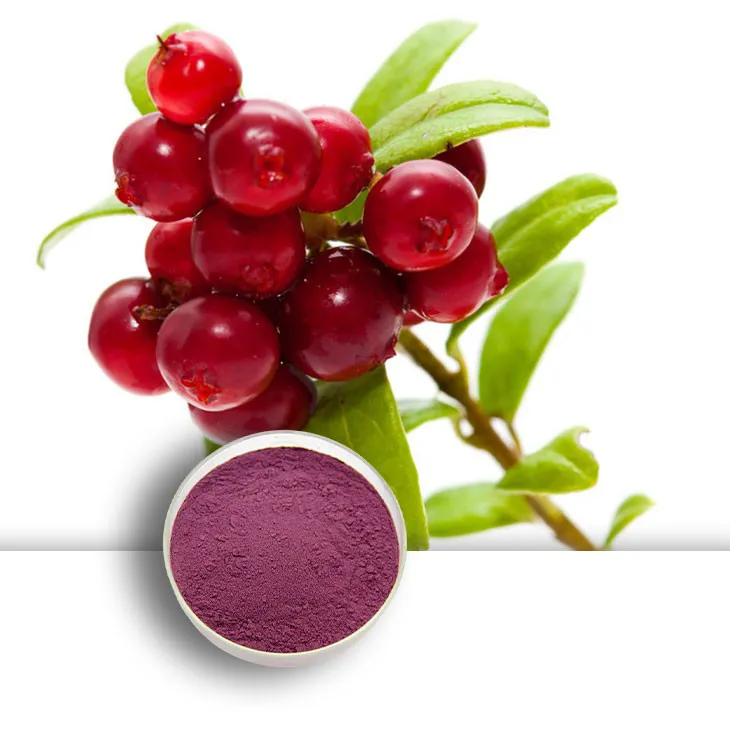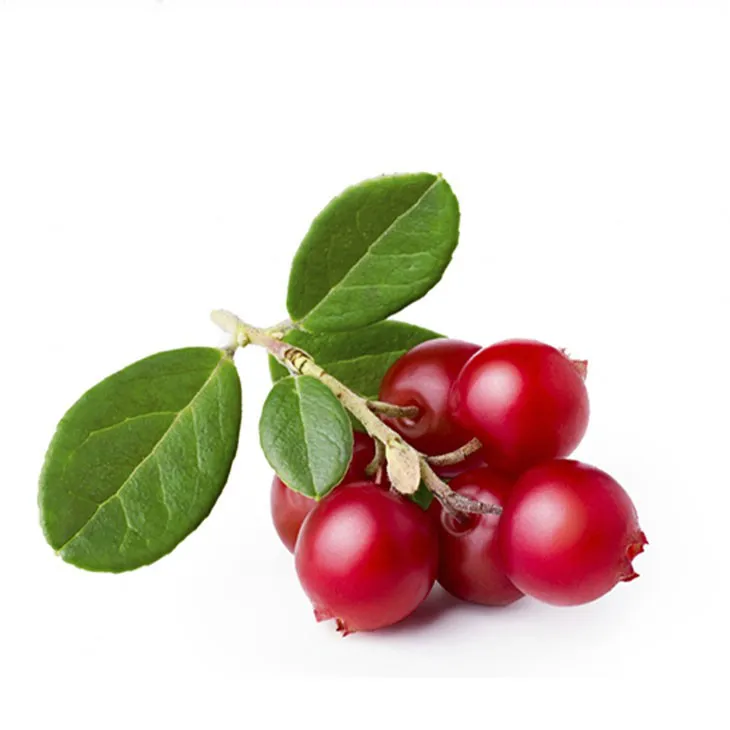- 0086-571-85302990
- sales@greenskybio.com
The process of extracting bilberry anthocyanins from bilberry extracts.
2024-11-28

1. Introduction
Bilberries are small, dark - blue berries that are rich in various beneficial compounds. Among these, anthocyanins are of particular interest due to their numerous health - promoting properties. Anthocyanins are a class of flavonoids that are responsible for the vibrant colors in many fruits and vegetables. The extraction of bilberry anthocyanins from Bilberry Extracts is a complex process that has significant implications in various fields, including the food, pharmaceutical, and cosmetic industries.

2. Properties of Bilberries
2.1 Nutritional Composition
Bilberries are a rich source of vitamins such as vitamin C, vitamin E, and several B - vitamins. They also contain minerals like potassium, manganese, and zinc. In addition to these, bilberries are packed with phenolic compounds, including anthocyanins, flavonols, and phenolic acids.2.2 Health Benefits
The presence of these compounds in bilberries is associated with several health benefits. For example, bilberries have been shown to have antioxidant properties, which help in protecting the body against oxidative stress. They are also believed to improve vision, due to the high concentration of anthocyanins. Moreover, bilberries may have anti - inflammatory and anti - cancer properties.
3. Chemical Nature of Anthocyanins
3.1 Structure
Anthocyanins have a characteristic structure consisting of a flavylium cation with associated sugar moieties. The basic structure of the flavylium cation contains a C6 - C3 - C6 skeleton. The type and number of sugar molecules attached to the flavylium cation can vary, leading to different anthocyanin subtypes.3.2 Stability
Anthocyanins are sensitive to various environmental factors such as pH, temperature, and light. At low pH values (acidic conditions), anthocyanins are more stable and exhibit their characteristic red - purple color. However, as the pH increases, they tend to become less stable and can undergo color changes.
4. Extraction Procedures
4.1 Solvent Extraction
- Solvent selection: The choice of solvent is crucial in the extraction process. Commonly used solvents include ethanol, methanol, and water - ethanol mixtures. Ethanol is a popular choice as it is relatively safe, has good solubility for anthocyanins, and is easily removable during the purification process.
- Extraction conditions: The extraction is typically carried out at a specific temperature and time. For example, a temperature range of 40 - 60°C and an extraction time of 1 - 3 hours are often used. The ratio of solvent to Bilberry Extract also affects the extraction efficiency.
- Mechanism: The solvent penetrates the bilberry tissue and dissolves the anthocyanins. The solubility of anthocyanins in the solvent depends on their chemical structure and the polarity of the solvent.
4.2 Supercritical Fluid Extraction
- Supercritical fluid: Carbon dioxide (CO₂) is the most commonly used supercritical fluid in this process. At supercritical conditions (above its critical temperature and pressure), CO₂ has properties between those of a gas and a liquid, which makes it an excellent solvent for extracting anthocyanins.
- Advantages: Supercritical fluid extraction has several advantages over solvent extraction. It is a more environmentally friendly process as it does not leave behind toxic solvent residues. It also offers better selectivity, which means it can extract anthocyanins more specifically without co - extracting other unwanted compounds.
- Disadvantages: However, the equipment for supercritical fluid extraction is more expensive, and the process requires more complex operating conditions.
5. Challenges and Solutions in the Extraction Process
5.1 Degradation of Anthocyanins
- Problem: As mentioned earlier, anthocyanins are sensitive to environmental factors. During the extraction process, factors such as high temperature, long extraction time, and exposure to oxygen can lead to the degradation of anthocyanins, reducing their quality and quantity.
- Solution: To overcome this, extraction conditions need to be carefully optimized. For example, using lower extraction temperatures, shorter extraction times, and performing the extraction under an inert atmosphere (such as nitrogen) can help reduce the degradation of anthocyanins.
5.2 Co - extraction of Unwanted Compounds
- Problem: In addition to anthocyanins, Bilberry Extracts may contain other compounds such as sugars, proteins, and lipids. These unwanted compounds can be co - extracted during the extraction process, which may affect the purity of the anthocyanin extract.
- Solution: Purification steps such as chromatography (e.g., column chromatography or high - performance liquid chromatography) can be used to separate anthocyanins from other co - extracted compounds. Additionally, proper selection of extraction solvents and methods can also help minimize co - extraction.
6. Future Prospects of Bilberry Anthocyanin Extraction Technology
6.1 New Extraction Technologies
There is ongoing research into new extraction technologies that could be more efficient and sustainable. For example, microwave - assisted extraction and ultrasound - assisted extraction are being explored. These methods may offer advantages such as shorter extraction times and lower energy consumption.6.2 Applications in Functional Foods and Nutraceuticals
The demand for functional foods and nutraceuticals containing bilberry anthocyanins is increasing. With improved extraction technology, it will be possible to produce high - quality anthocyanin extracts that can be used in the development of these products. This could lead to the creation of new food and supplement products with enhanced health - promoting properties.6.3 Pharmaceutical and Cosmetic Applications
In the pharmaceutical and cosmetic industries, bilberry anthocyanins have potential applications. For example, they could be used in the development of drugs for treating eye diseases or in cosmetic products for skin health. As extraction technology improves, the availability and quality of bilberry anthocyanin extracts for these applications will also increase.7. Conclusion
The extraction of bilberry anthocyanins from bilberry extracts is a complex but important process. Understanding the properties of bilberries, the chemical nature of anthocyanins, and the extraction procedures is crucial for obtaining high - quality anthocyanin extracts. While there are challenges in the extraction process, such as anthocyanin degradation and co - extraction of unwanted compounds, there are also solutions available. Looking ahead, new extraction technologies and the increasing demand for bilberry anthocyanin - based products in various industries offer promising future prospects for the development of bilberry anthocyanin extraction technology.
FAQ:
What are the main properties of bilberries?
Bilberries are small, dark - blue berries. They are rich in various nutrients. They are known for their antioxidant properties, which are partly due to the presence of anthocyanins. Bilberries also contain vitamins such as vitamin C and other bioactive compounds.
What is the chemical nature of anthocyanins?
Anthocyanins are a type of flavonoid pigment. They are water - soluble and are responsible for the blue, purple, and red colors in many fruits and vegetables. Chemically, they have a basic structure of a flavylium cation with associated sugar moieties. Their structure can change depending on pH, which affects their color and stability.
What are the general extraction procedures for bilberry anthocyanins from bilberry extracts?
The extraction usually involves steps like sample preparation where the bilberries are first cleaned and perhaps dried. Then, a suitable solvent is used. Commonly, solvents like ethanol or a mixture of water and ethanol are employed. The extraction may be carried out under specific temperature and time conditions, for example, at a relatively low temperature for a certain period to ensure maximum extraction while minimizing degradation of the anthocyanins. After extraction, purification steps such as filtration and chromatography may be involved to obtain pure anthocyanin extracts.
What are the challenges in the extraction process of bilberry anthocyanins?
One of the main challenges is the instability of anthocyanins. They can be easily degraded during extraction due to factors like exposure to high temperature, light, or inappropriate pH. Another challenge is the presence of other interfering substances in the bilberry extracts that can make the purification process difficult. Also, achieving high extraction yields while maintaining the bioactivity of the anthocyanins can be a complex task.
What are the solutions to the challenges in the extraction of bilberry anthocyanins?
To address the instability issue, extraction can be carried out under mild conditions, such as using lower temperatures and proper pH - controlled solvents. To deal with interfering substances, advanced purification techniques like high - performance liquid chromatography (HPLC) can be used. Optimization of extraction parameters, such as solvent concentration, extraction time, and solid - to - liquid ratio, can help in achieving high yields while maintaining bioactivity.
What are the future prospects of bilberry anthocyanin extraction technology?
The future may see the development of more efficient and environmentally friendly extraction methods. There could be a focus on improving extraction yields and the quality of the extracted anthocyanins. Research may also lead to the discovery of new applications for bilberry anthocyanins, which in turn will drive the development of better extraction technologies. Additionally, the integration of extraction processes with other technologies like nanotechnology may open up new possibilities for the use and extraction of bilberry anthocyanins.
Related literature
- Anthocyanin Extraction from Bilberry: A Review of Current Methods"
- "Advances in Bilberry Anthocyanin Isolation and Purification"
- "The Future of Bilberry Anthocyanin Extraction: Trends and Innovations"
- ▶ Hesperidin
- ▶ citrus bioflavonoids
- ▶ plant extract
- ▶ lycopene
- ▶ Diosmin
- ▶ Grape seed extract
- ▶ Sea buckthorn Juice Powder
- ▶ Beetroot powder
- ▶ Hops Extract
- ▶ Artichoke Extract
- ▶ Reishi mushroom extract
- ▶ Astaxanthin
- ▶ Green Tea Extract
- ▶ Curcumin Extract
- ▶ Horse Chestnut Extract
- ▶ Other Problems
- ▶ Boswellia Serrata Extract
- ▶ Resveratrol Extract
- ▶ Marigold Extract
- ▶ Grape Leaf Extract
- ▶ blog3
- ▶ blog4
-
The best - quality feverfew extract.
2024-11-28
-
The best organic aged garlic extract.
2024-11-28
-
Konjac flour manufacturers from China.
2024-11-28
-
Certified organic comfrey extract.
2024-11-28
-
The best sophora japonica extract in 2024.
2024-11-28
-
Black Rice Extract Manufacturers from China.
2024-11-28
-
Nature's Bounty Rhodiola Root Extract.
2024-11-28
-
Peppermint oil manufacturers from China.
2024-11-28
-
Citrus bioflavonoids
2024-11-28
-
Centella Asiatica Extract
2024-11-28
-
Lavender Extract
2024-11-28
-
Lemon Extract
2024-11-28
-
Dandelion Leaf Extract
2024-11-28
-
Berberis aristata Extract
2024-11-28
-
Green Tea Extract
2024-11-28
-
Lemon Balm Extract
2024-11-28
-
Andrographis Paniculata Extract Powder
2024-11-28
-
Phellodendron Extract
2024-11-28





















